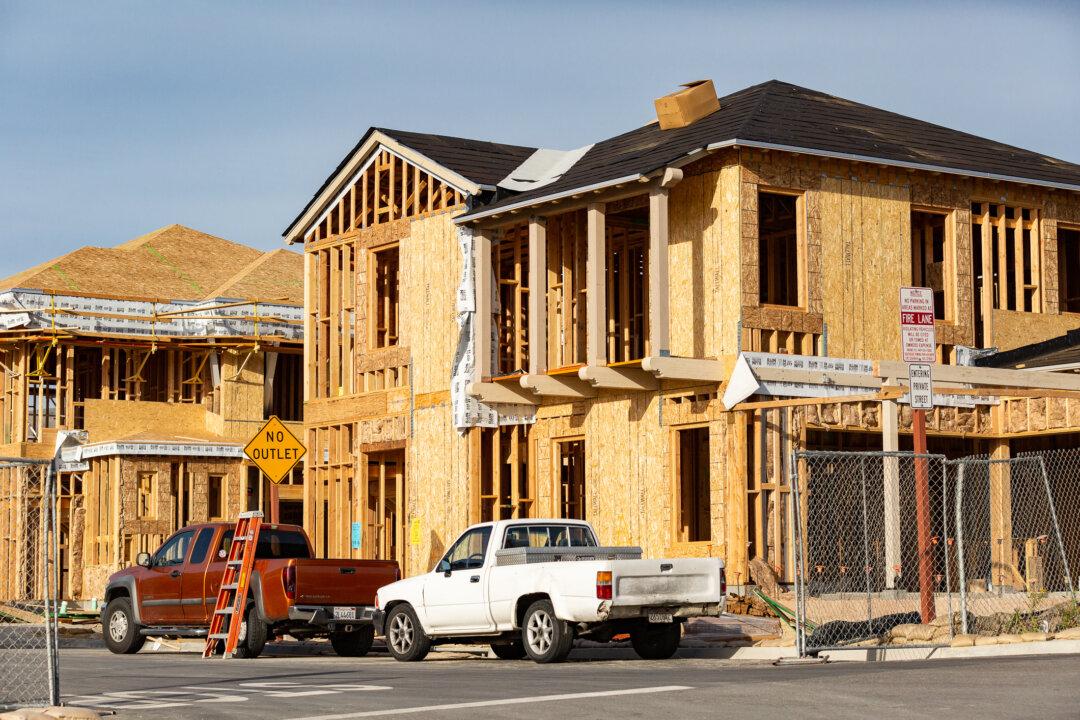SANTA ANA, Calif—New housing equity rules passed this month by the City of Santa Ana may halt future housing developments in the city, according to a regional housing industry group.
Santa Ana City Council narrowly passed revisions to its Housing Opportunity Ordinance by a 4–3 vote on April 19. The rules require builders to use local labor and union workers and include affordable housing in future developments.





